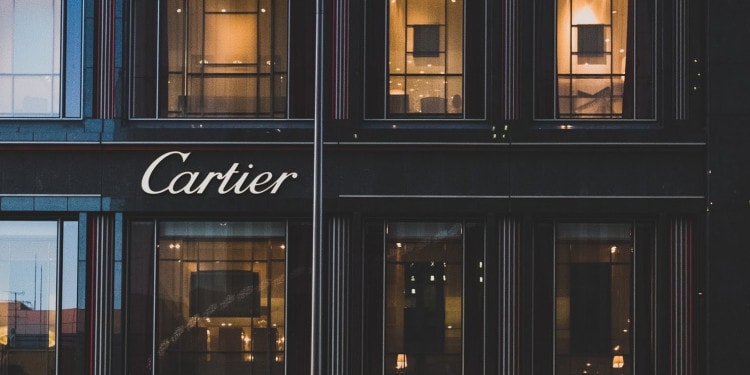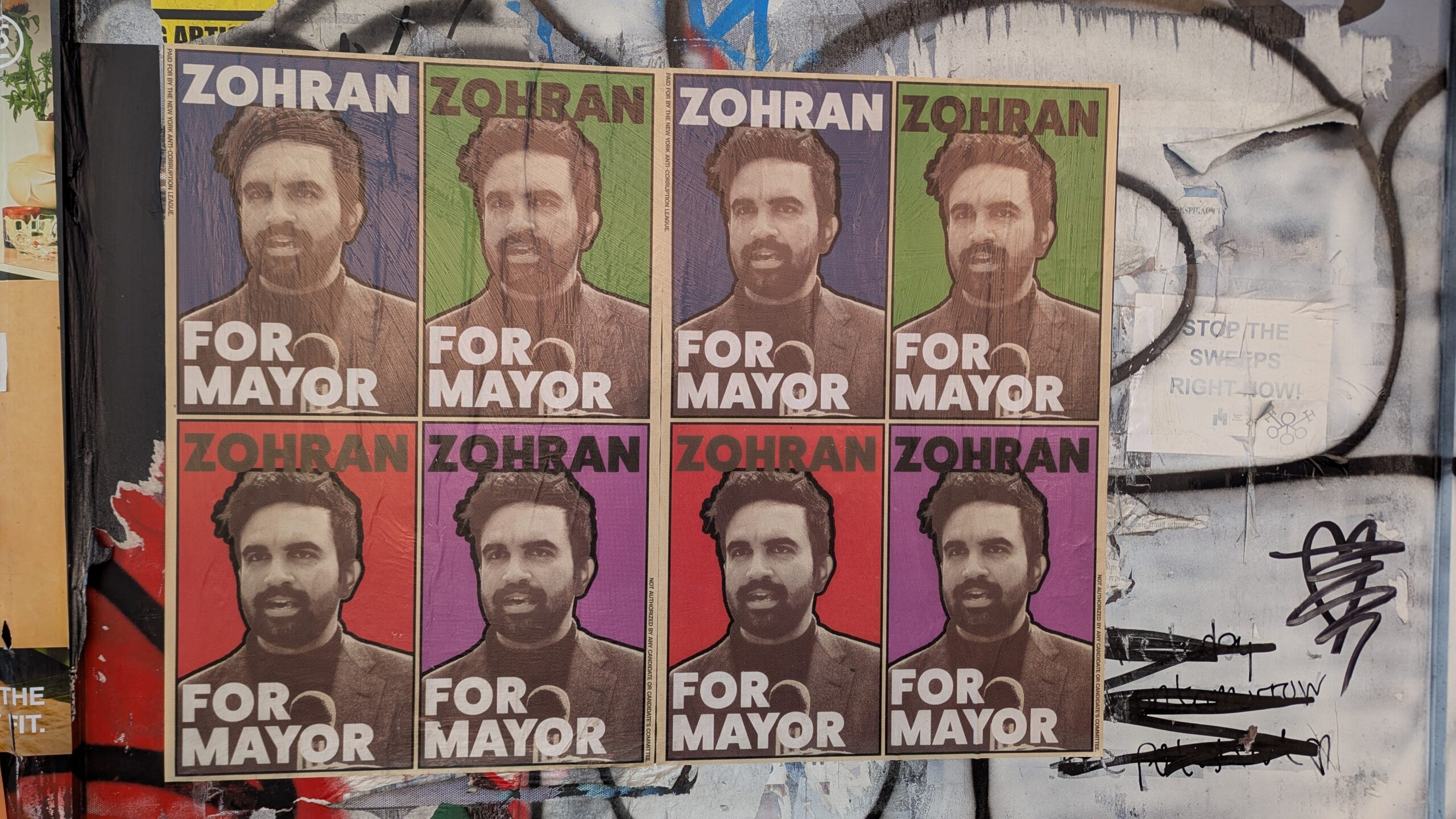Infatuation with luxury goods is an age-old phenomenon. Millennia before we ogled Chanel handbags or Cartier diamonds, Greek philosophers Plato and Socrates recognized that luxury was not only an inevitable element of civilized society but a defining one. Historically, royalty and high public figures used luxury to distinguish themselves from common society. Hundreds of years later, to this day, luxury is used more or less for the same purpose — social scientists have repeatedly associated luxury with notions of aspiration and performance.
But what makes something an object of luxury? Luxury, while widely understood by societal standards, is ironically hard to define. It is increasingly expensive but not overpriced. It is high-quality and long-lasting, but demands repurchase to keep up with trends. Luxury items can easily be recreated aesthetically but yet they are unique. Thus, the elitist concept of luxury is one based upon elucidation and interpretation subjective to the consumer.
If there’s one thing luxury items do have in common, it’s reliance on their iconic brand names. For over 100 years, key labels such as Gucci, Hermés, Chanel, Cartier, Rolex, and Louis Vuitton have built their successful empires on the perceptions and associations made with their brand. Assurances of decadence, pristine quality, and impeccable presentation continuously occupy the space in consumers’ minds of what luxury items entail. Insofar these perceptions keep circulating, it is easy to assume that the preparation, production, and distribution of such products are just as squeaky-clean as the face of a Rolex watch. Therefore this begs the question, how sustainable are luxury brands really?
Environmental Damages
Like most companies in the recent decade, luxury fashion brands have boarded the sustainability and CSR publicity train. An increasing number of luxury companies have made an effort to disclose their sustainability protocols, but whether or not the entire industry itself can follow through on its promises is still very much up in the air.
Indeed, the luxury industry does not necessarily have the best rap sheet when it comes to environmentally-conscious practices. Firstly, supply chains are global, complex, and very hard to trace, making the guarantee of sustainable materials increasingly difficult. This is especially the case for brands like Chanel and Rolex, who struggle to keep their supply chains for raw materials completely transparent.
Kering environmental studies found that 75% of its total environmental impact is generated at the start of the supply chain, with 50% of the impacts being associated with raw materials production.
Consequently, negative externalities from supply chains are certainly a recurring trend in the luxury industry. Kering (the company that owns Gucci, Yves Saint Laurent, amongst other luxury brands) environmental studies found that 75% of its total environmental impact is generated at the start of the supply chain, with 50% of the impacts being associated with raw materials production (cotton growing, cattle farming, ore/metal mining, etc.). Furthermore, an additional 25% of its impacts are associated with processing raw materials (including leather, metals, and textile spinning). This raw material production generates a huge amount of greenhouse gas emissions and thus contributes a significant portion to the overall causes of climate change. Louis Vuitton is particularly guilty of such practices, as their production of products is currently not regulated by any policy in order to create more sustainable practices.
Another “classic” environmental issue specific to the luxury sector is the use of “exotic materials” which often include skins, teeth, bones, furs, etc. from wild animals. In particular, leather goods are widely utilised by luxury companies, for example about 50% of Hermes’s revenue comes from leather products. This behavior is extremely harmful to global biodiversity and hinders the work others are doing to achieve SDG 14 and 15. Further, the use of animal skins and other materials strongly undermines any claims of sustainable production that luxury brands like Louis Vuitton, Hermes, Gucci, and Chanel make.
Many luxury companies apply “token sustainability” contentions through promises of “life-long” products.
Speaking of claims, many luxury companies apply “token sustainability” contentions through promises of “life-long” products. However, in the dominant mindset of ‘fast-fashion, life-long is a claim that is often not met due to ever-changing designs and new trends. The fast fashion industry itself has received endless criticism for their environmental and social costs, for example, due to water usage and human rights concerns. Despite the higher luxury prices, studies show that the environmental impact of luxury brands is actually just as damaging as that of fast fashion companies. This is mainly due to the vast scale and “extra effort” that luxury good production entails compared to fast-fashion items. Cartier diamonds may therefore be just as much to blame for environmental degradation as H&M cotton t-shirts.
Brands such as Rolex also often rely on their own label of long-lasting luxury to shade the fact that they have not published any concrete sustainability agendas, key performance indicators, goals, or targets. The publication of such facts is essential to improving global corporate accountability/transparency, not to mention the achievement of SDGs 12 and 16.
Industry Responses
Luxury companies are certainly aware of the negative impact(s) they currently have on the planet. Additionally, it is becoming more and more financially advantageous for companies to produce sustainability agendas/progress than to not. This is mainly because the number of environmentally-conscious consumers is ever-increasing. According to a 2020 survey by McKinsey & Company, European consumers have become more engaged with sustainability than ever before. The survey polled more than 2,000 people in Germany and the United Kingdom and found that two-thirds of consumers stated that limiting their impact on climate change was a priority for them when it comes to luxury goods. Thus sustainable luxury is clearly in demand; so what are luxury brands actually doing in response?
In the past few years, many luxury companies like Chanel and Cartier have shifted their focus to climate change/emission-related reduction schemes. Brands have made it a point to announce any green credentials or practices such as recyclable packaging or LEED certifications on production/headquarters sites.
Related Articles: Chanel: Iconic in Luxury, Standard in Sustainability | Is Uniqlo’s ‘LifeWear’ as Sustainable as it Claims?
Yet despite these efforts, many brands, Gucci, Hermés, Chanel, Cartier, Rolex, and Louis Vuitton to name a few, fail repeatedly to follow through with their claims of eco-friendly practices. For example, Chanel claims they are using leather that supposedly is “a byproduct of the food industry,” however, this is not certain nor is it a viable long-term solution for sustainable material. Further, Hermès has claimed to support sustainable concerns (such as protecting endangered species) yet there exists no data or facts showing what Hermès has actually done. Many brands like Hermès exhibit minimal substance to the claims that are shown on their websites and in publicity campaigns.
Given these recurring patterns, it’s valid to wonder, are there any luxury brands making positive headway? While 100% sustainable luxury is not completely available yet, there are a few brands that are upping their sustainability game. For example, Gucci’s sustainability agenda Gucci Equilibrium shows the company’s commitment to implementing a ‘Culture of Sustainability’ in every area of their business activities. Further, the luxury fashion brand has reduced its cumulative production impacts by about 39% and greenhouse gas emissions by 37% to date. This action is confirmed and supplemented by several key certificates/environmental labels. Therefore when it comes to responsible energy, Gucci is definitely succeeding amongst others.
Overall, despite the luxury industry’s struggles with sustainability (primarily those regarding materials, supply chains, and transparency), many companies are starting to shift toward more socially responsible ways of doing business. Additionally, consumers are becoming increasingly aware of the environmental degradation that can be associated with designer diamonds or leather handbags.
Yet the question still stands, can the luxury industry actually transition to becoming sustainable, or are the countless pledges simply elaborate marketing ploys? Diana Verde Nieto, the co-founder of Positive Luxury, says it is possible but will “take time and a system change.” That systematic change, however, is reliant on the luxury industry’s capability to work together to find more sustainable options for the production of luxury goods. After all, just like any goal in sustainability, it’s entirely a group effort. Want to find out more about the sustainability performance of your favorite brands? Check out the Impakter Index today.
Editor’s Note: The opinions expressed here by Impakter.com columnists or contributors are their own, not those of Impakter.com. — In the Featured Photo: Gucci and Louis Vuitton storefront. Featured Photo Credit: Julien Tondu & Christian













